I’d always wanted to write a cookbook, though I was told that was something that other people did. That I wasn’t ‘famous enough’ for that.
A book where I’d tell you stories about embers of olive wood, smouldering on an ancient brazier next to the old walls of a bygone farmhouse in the light of the late sun of a Provencal afternoon. A pair of rabbits held deftly over the glowing woodfire by four long sticks, snapped from an old bay tree, made sharp with the old hunting knife that I reserve for an afternoon such as this, of cooking outside. That little knife, an Opinel no7, bought on a market stall in rural France, has served me very well over the years and most likely could contribute to a few chapters by itself.
I press my finger and thumb into the scalding, crispy-skinned thighs of the rabbits, ‘scottadito’, giving a squeeze so as to gauge how cooked they are, tender as they slowly grill over the branches into the late afternoon to be ready for an early supper. The smell of smoke, grilled meat and bay leaves haze around me as I wipe my charcoal and fat-stained fingers on my once-white t-shirt. My glass of ever-so-pale, pink rosé seems not to have run out for the best part of an hour. Lucky me. The ice clinks as I swirl it around. All is well here. The rabbits, split and rubbed with fennel twigs, lemons, salt and bay leaves. Plenty of salt. They sizzle and pop as the cicadas keep time for me. Rabbit and rosé, smoke and lemons.
I’d tell you about the smell of toasted fresh green fennel seeds, soft golden onions and caramelised lemon. When you roast them slowly together in olive oil, adding garlic and a little chilli as you go, the lemon rinds twist and turn in the pan as they take on that deeply golden tone. I’d add a handful of Moscatel raisins soaked for a morning in sweet wine, a little vinegar and then spooned over a plate full of crisp sardine fillets that I’d filleted and dredged quickly in coarsely ground flour, the one that the Spanish use for fish, then pan-fried with gentle pressure from the back of my knuckles, pushing down on the flesh side so their skins are crispy and blistered. Not turning them is key, like all fish really so they cook almost all the way on one side, and then I’d tell you to remove them from the pan and put them on a plate. The residual heat works its way through the fish, blushing them ‘just so’. The Venetians would be angry at my disrespect for their classic but I’d still give you the recipe so you could taste the sweet raisins and onions then the sourness from the vinegar contrasting with the bite from the little fragrant fennel seeds and the warm crisp fish.
I’d write about bread. Describing that excitement I still feel when I take a loaf of blistered sourdough out of the oven. I use a fine mist of water to spray my loaves before baking, so the thick dark crust develops a fine layer of small blisters that add to the crisp, thick, crackly texture of the chewy exterior. I always find it a thrill to take a well-sprung loaf of sourdough from the oven. And those blisters. I could stare at them for hours. Hearing the loaf speak as it cools, crackling as the heat escapes.
A kind of religious experience if you appreciate that sort of thing.
Then I could tell you how I make Challah, how I fill each plait with a mixture of poppy seeds, parmesan, paprika and caramelised onions, before braiding them together and baking to a deep shiny brown. The same as Ciappe. Getting the colour just right, the salt just right and the snap just right, only thirty seconds of kneading is the trick here.
I’d share those recipes.
I would tell you how I like to buy cuttlefish and grill them over an open fire. The odd-looking creatures from a different world, cutting away the thick, short tentacles that blacken over glowing coal, lemon zest finely grated over the fish with sea salt and olive oil just before serving. I would give you the recipe of how to make a dressing with their ink, one that marbles the plate, offset with bright green wild garlic puree.
There would be recipes for chunks of aged beef rib and sirloin cooked on the bone, the crusty yellow fat of an old Galician ex-dairy cow rendered in a cast iron pan, before the beef is caramelised heavily, only turning it once, then finishing it with pressed shallots, a small piece of smoked butter and plenty of fleur de sel. There will be no reverse searing here. Short ribs, caramelised in a heavy pot, turning them over and over until crunchy, then braising tightly sealed in a low oven with molasses, a little coffee and grated orange zest amongst other things for half a day, before lifting the sticky bones from their rich brown sauce.
I’d tell you how I hot-smoke lamb shoulder with juniper and bay, and I‘d tell you the best way to braise veal shin for osso bucco, using a little honey and Madeira to make the stickiest sauce, rich with bone marrow.
I’d share my recipes for curing and smoking fish. There are so many. Hake cured with sea salt, brown sugar and harissa, left for a day then cold-smoked over oak chips for a couple of hours. Fennel pollen gravadlax, perhaps rosehip cured salmon, or monkfish rubbed with a curing mixture of citrus zests, lemon grass and lime leaves, then left a while and sliced very thinly, served very cold with a bergamot dressing.
Root vegetables cooked dirty in embers or baked in salt crust pastry, filled with woody herbs before sealing and baking in the dying fire for an hour or so, cracking them open and slicing through the soft, intensely flavoured secret inside.
There would be artichokes, their points cut off, rubbed with lemon juice. The concentric rings of the head pushed between the folds with torn mint, garlic and parsley, braised in a sealed pot with a little black fig vinegar, and plenty of olive oil. Leafy green ciccoria, shredded and cooked with black olives, boiled lemons and chilli. Then raw porcini, sliced thinly with crushed toasted hazelnuts, a piece of old pecorino crumbled into little bits and a spoonful of a dressing made with a little garlic, vinegar and olive oil.
I’d write about the wild game season. I’d describe to you the iridescence of the feathers that shimmer green, blue then green again as I pluck them from the wings in the autumn sunshine of a cold afternoon. The necks of ducks filled with a farce of confit leg and pistachio, or pheasants, smoked and potted with a consomme the colour of burnt umber, that takes hours of attention to detail, creating and layering flavours to extract a crystal clear, shiny essence that belongs only to those birds.
I’d tell you what might be found in a hedgerow. The berries, stone fruits, seeds and leaves that will stock your larder. Many delicious preparations in pots and jars. Secret flavours.
Honey, aromatic salts and preserves from months where the harvest is plenty. I’d share the recipe of how to create a fine apple-cider vinegar that will last you a year, then variations on the theme using different fruits like persimmons, with flowers and aromatics, to create something special to spoon over your ingredients and to deglaze your pans. Elderflowers, meadowsweet, rosehips and petals, crab apples, damsons and blackberries would all feature. Jack by the hedge, burdock, ramsom, dandelion, primrose, ground ivy and nettle tips most likely too. Then a lesson in using the sour fermented pulp, the by-product from straining the vinegar, an incredible medium in which to pickle vegetables.
Of course, there would be sweet things. Stone fruits roasted with vanilla butter, caramelised pastry with nutmeg custard, laminated sticky buns, with hundreds of crisp, chewy layers, filled with piles of sticky brown sugar, raisins and walnuts. Fig leaf ice cream with fig and mandarin ripple and a lavender and chocolate sorbet. Clafoutis made with cherries or a frangipan baked in almond pastry filled with gooseberries. There would be things like that.
I would write chapters on charcuterie. Old-fashioned skills using salts, spices and aromatics to preserve cuts of meat. Bacon made from lamb belly, cured and then hung to dry for a few months, dried fennel salami with peppercorns, saucisson-sec, pancetta, coppa and roe-deer bresaola. Single muscle cuts rubbed with curing spices and a little good wine, left to marinade for a week or so, before tying neatly in gut casings and hanging in a chamber for anywhere up to a year, only a tiny amount of nitrates and naturally occurring penicillin to take care of any potential problems. My hands and fingers numb with cold from pushing piles of half-frozen diced pork and back fat for salami through a grinder before forcing them into skins, letting them ferment for a couple of days in that unnatural way that still troubles my instincts, the process of curing salami that starts the carefully controlled drying process. The end result is worth waiting for though.
I’d write that book carefully in my own way, telling you the stories of why and how I do things, to share some of the knowledge I have filed away in my head after decades of professional cookery. Not for any particular reason other than I like to share my knowledge. It feels right to pass that on to those of you, who like me, enjoy to cook. To inspire people to create, and to share my skill set. What’s the point of knowing it if you don’t put it to good use?
I’d tell you about how the rhythm of the seasons dictates what is at its best through the year. I’d suggest that it’s quite unnecessary to be buying poor-quality air freight asparagus in December because a magazine editor has a deal with a supermarket. I would tell you not to get too fixated on recipes, to just enjoy what you create. If you don’t have an ingredient then leave it out. If you don’t want to dice something then don’t. I’d tell you that it all doesn’t really matter anyway, as long as it tastes nice.
I’d tell you to go and buy simple ingredients and learn to cook them well. Simple things are less easy to hide behind. It’s easy to hide behind complexity. And I’d tell you that less is more. Use fewer, better ingredients. Let what you have shine.
I have written that book. I rewrote it, changed it, and then wrote it again. I pitched it, re-pitched it, and then submitted it again.
No one ever replied. Which I thought was a shame.
Until Thursday
William


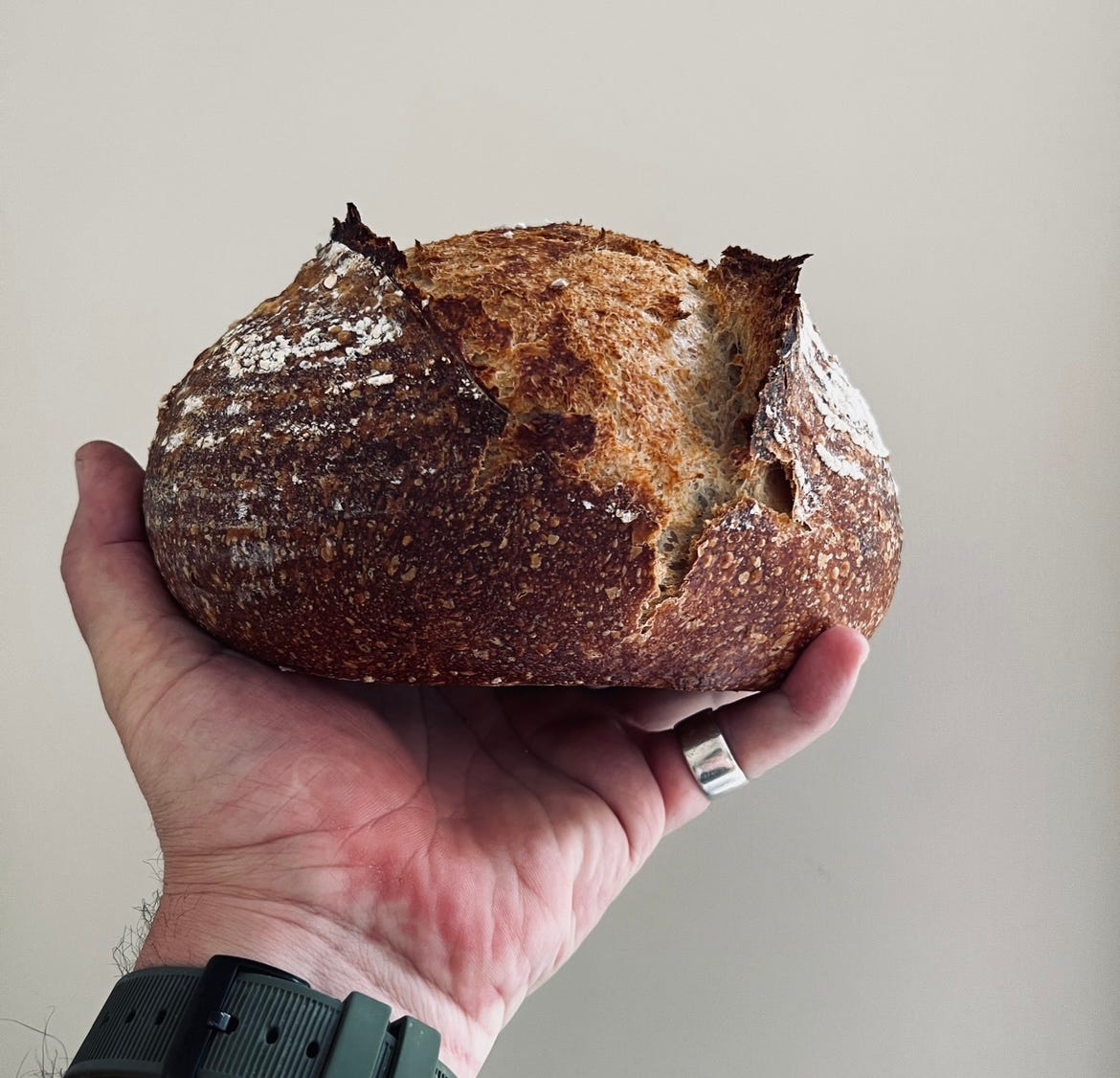
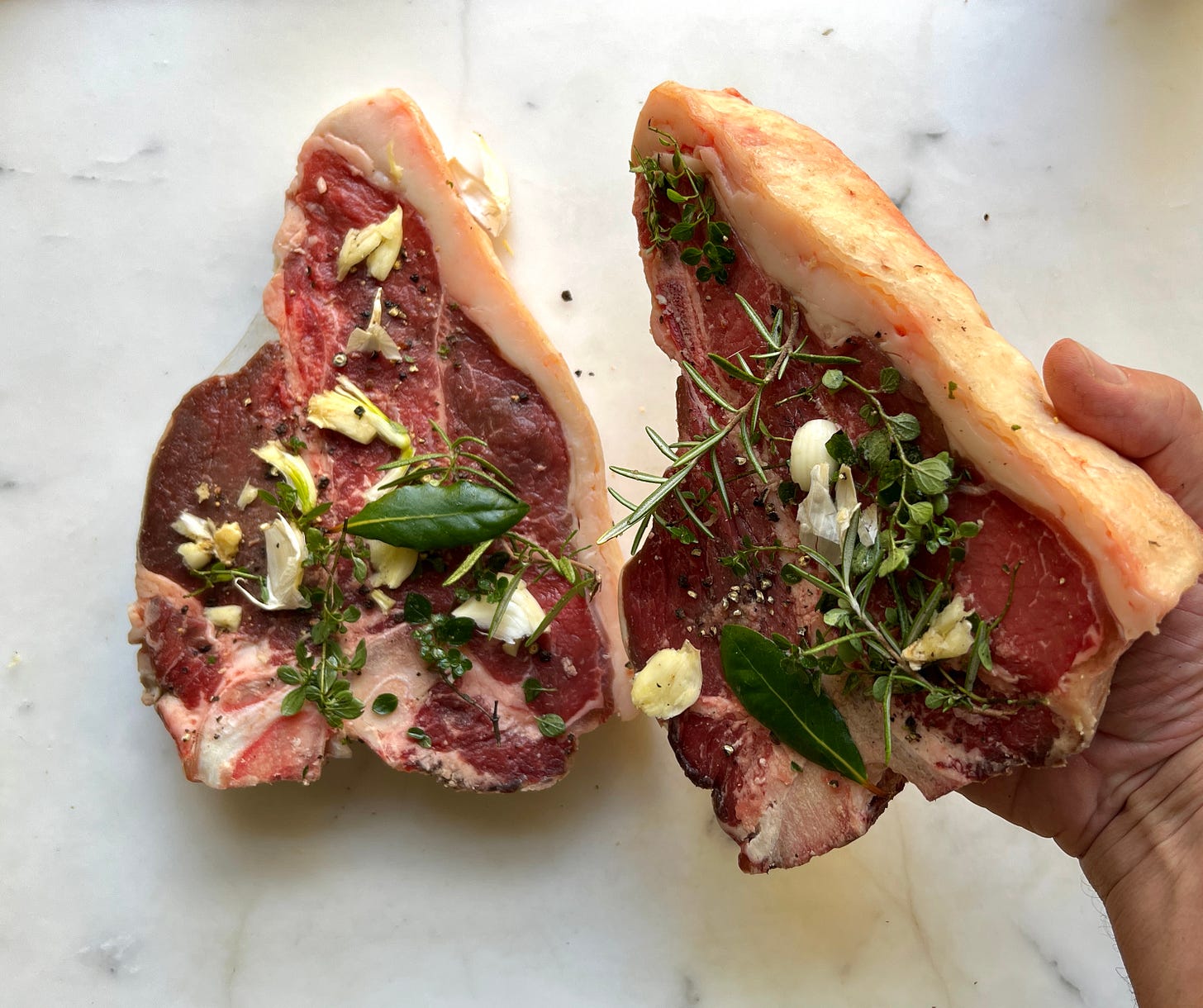
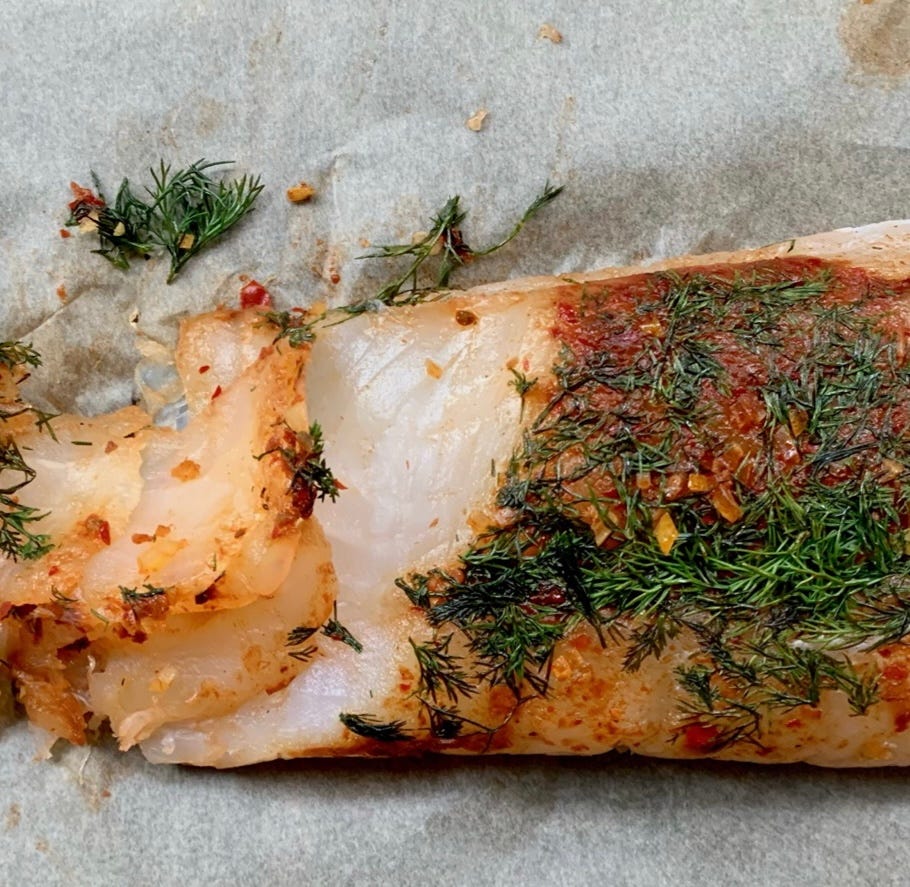


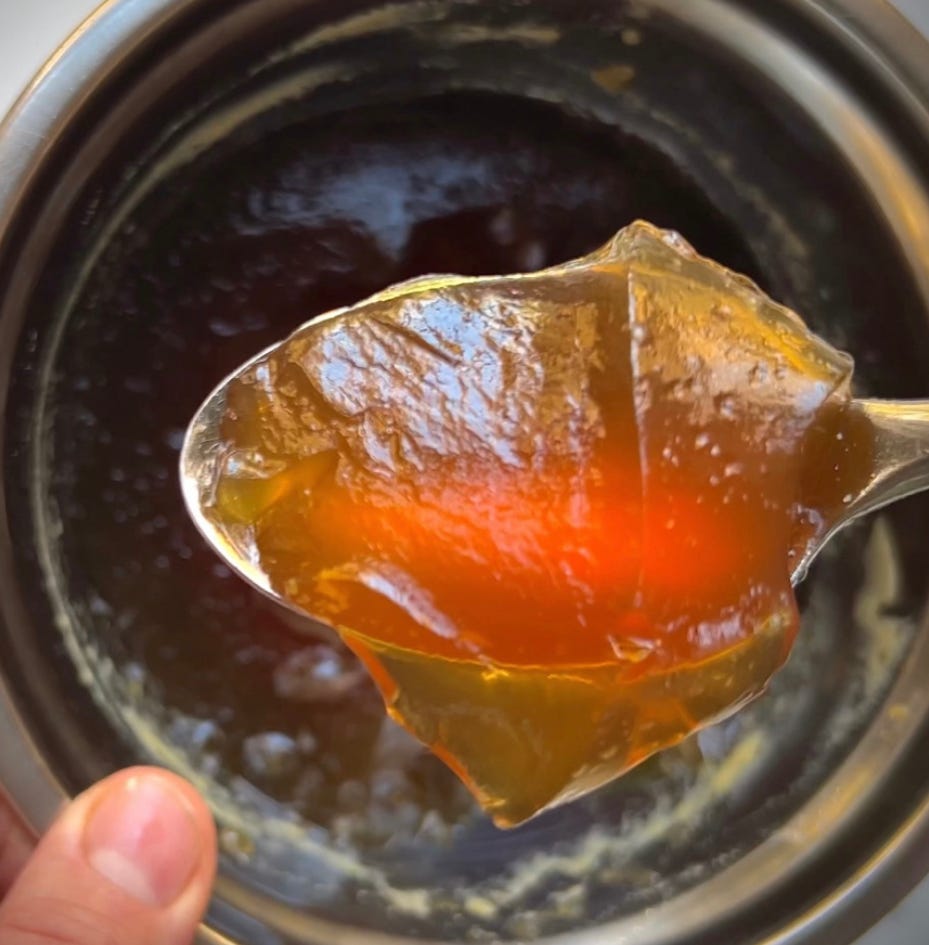
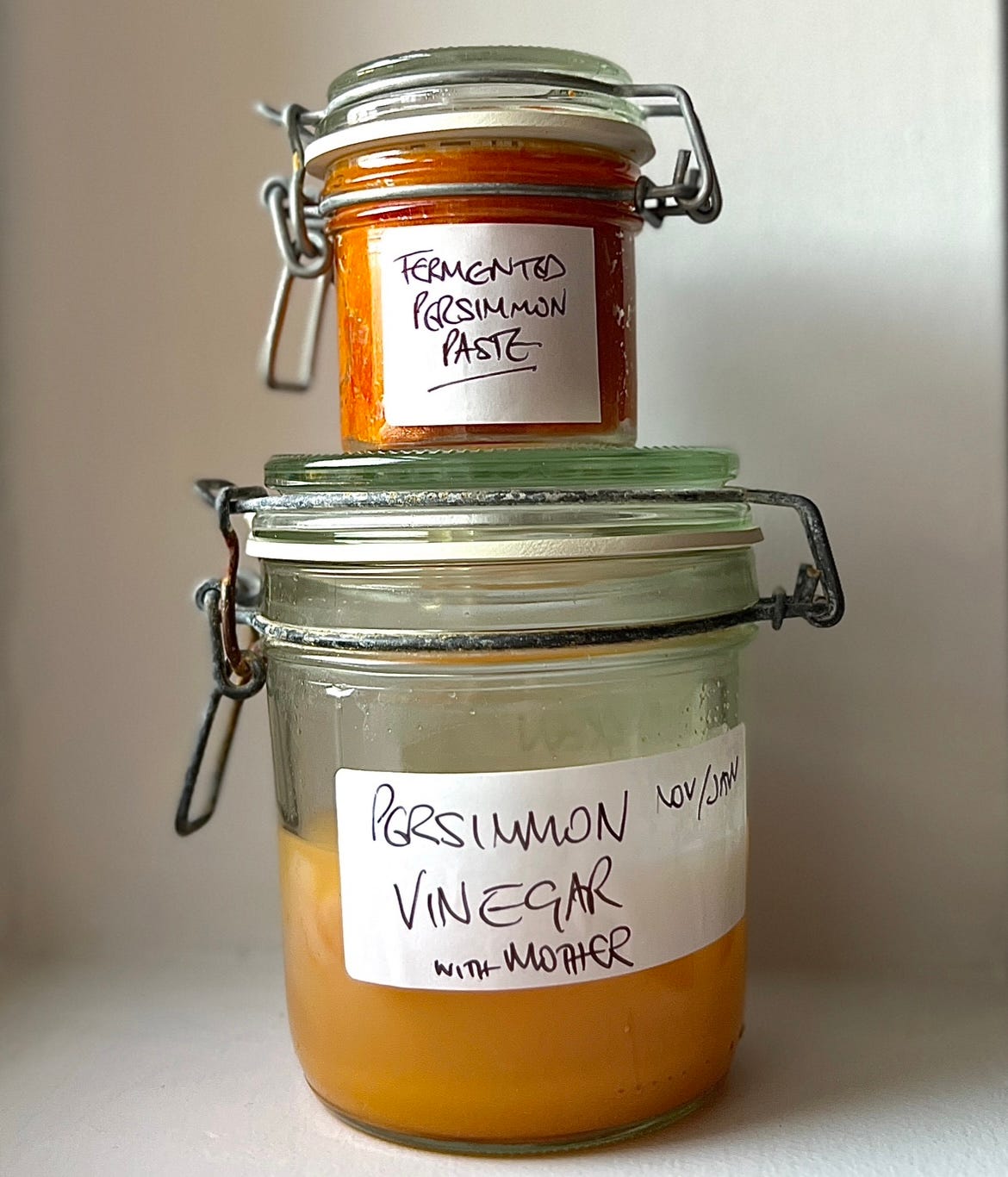
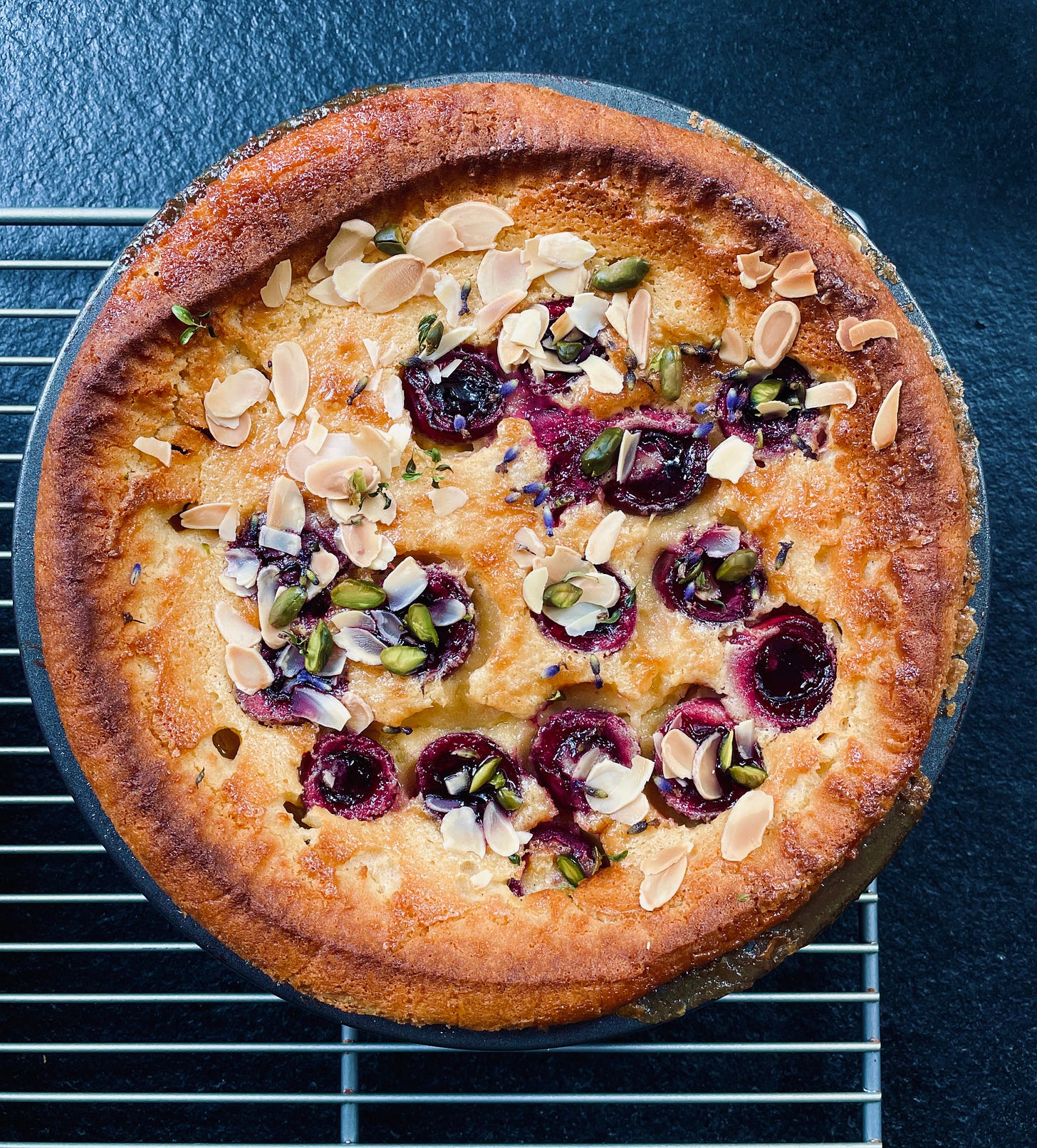

Well, Cooper, until you release your book I'll keep on paying to read you here and not buying the cook books of James May, Snoop Dog, or whatever annoying teenager has a big enough tiktok audience this month to convince a publisher they deserve a book of their own.
Hey Will, I am reading your book- right now. To this cook, and reader, this post is as inspiring as it is beautifully written- right here in Substack. You makes me want to go into the kitchen, grab some leaves from the garden, and cook. The highest praise!
I love real books but your writing here is no less valuable than if it was printed and bound. I am publishing my next book in a serialized format here on Substack with the help of the sharp thinking Sarah Fay @writersatwork. I know I will have 5000 readers and that’s a great start. It’s a new world. Embrace it!